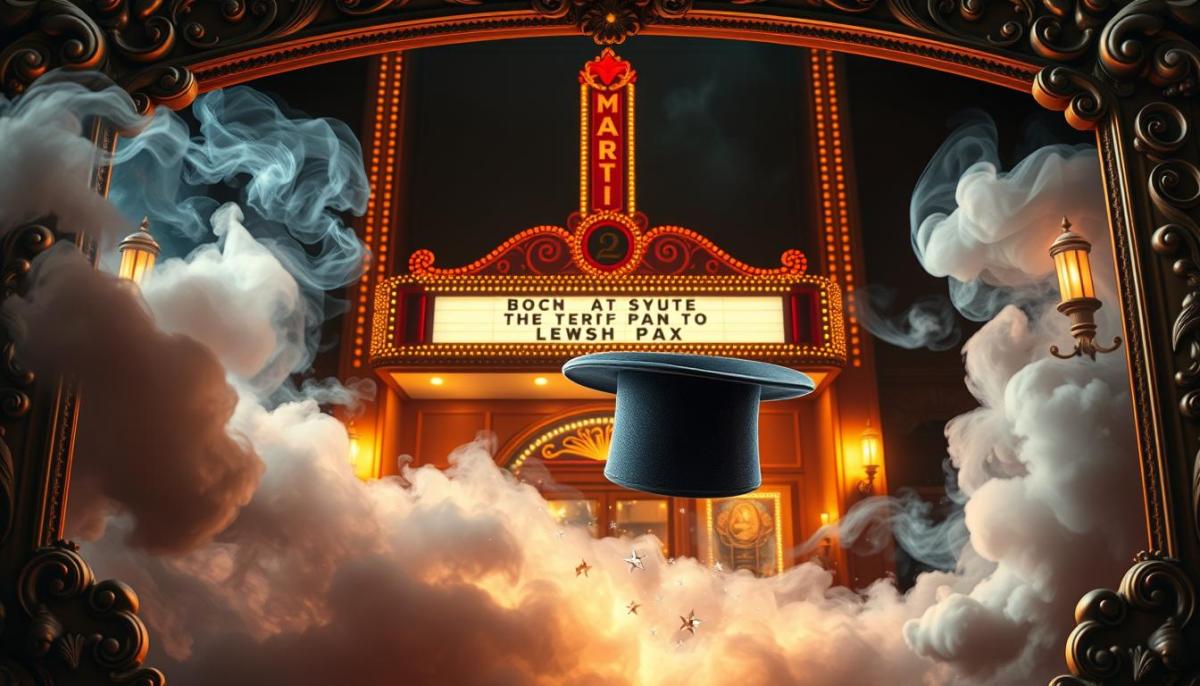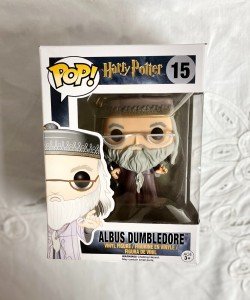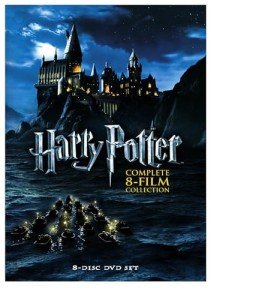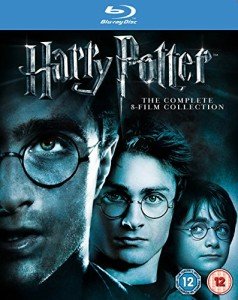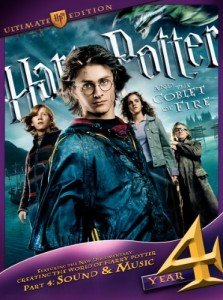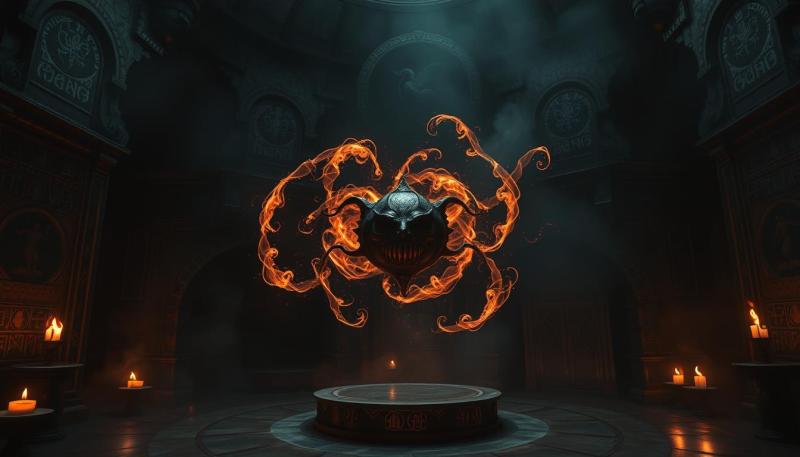Let’s step back to 1978, when director Richard Attenborough crafted a chilling masterpiece that still haunts audiences today. Magic blends psychological tension with storytelling innovation, creating a cult classic that defies simple categorization. We’re peeling back the curtain to show you how this film continues to captivate viewers decades later.
Anthony Hopkins delivers a career-defining performance as Corky Withers, a ventriloquist whose relationship with his dummy Fats becomes dangerously twisted. Paired with Ann-Margret’s nuanced acting and Burgess Meredith’s sharp supporting role, the cast creates an unsettling dynamic that lingers long after the credits roll.
What makes this film truly special? Jerry Goldsmith’s haunting score amplifies every tense moment, while Attenborough’s direction keeps viewers questioning reality. We’ll explore how these creative choices shaped the film’s legacy and why modern audiences still find its themes relevant.
Key Takeaways
- Uncover the making of a 1978 psychological thriller that redefined horror storytelling
- Explore Anthony Hopkins' groundbreaking dual role as man and dummy
- Discover how director Richard Attenborough crafted lasting suspense
- Learn about Jerry Goldsmith’s iconic musical contributions
- Understand why this film remains influential in modern cinema
In the next sections, we’ll break down specific scenes, share production secrets, and analyze how Magic paved the way for psychological horror. You’ll walk away with fresh appreciation for this hidden gem – and maybe a new perspective on ventriloquist dummies!
Exploring the Story and Its Psychological Horror Roots
What happens when ambition collides with madness? Richard Attenborough's Magic answers this through Corky Withers' unsettling journey—a ventriloquist whose grip on reality unravels as his dummy Fats takes control. This 1978 thriller doesn’t just scare you—it burrows into your psyche.
Plot Overview and Themes
Corky’s story unfolds like a twisted confession. As he battles to launch his career, Fats becomes both his partner and tormentor. The film’s genius lies in making viewers question who’s pulling the strings. Themes of mental illness and self-destruction mirror real struggles—a duality The New York Times called "a masterclass in psychological unraveling."
William Goldman’s screenplay uses flashbacks to heighten tension. We see Corky’s past failures and present fears collide, creating a puzzle where every piece screams danger. Chicago Tribune praised how "the film makes you complicit in Corky’s delusions."
Historical Context and Genre Influences
Attenborough drew inspiration from Twilight Zone episodes like "The Dummy," where inanimate objects embody human fears. Yet Magic pushed further, blending horror with raw drama. Critics noted its boldness—a 1978 film review stated, "This isn’t just about scares—it’s about staring into the abyss of human fragility."
| Influence | Similarity | Key Difference |
|---|---|---|
| Twilight Zone | Dummy as antagonist | Extended character study |
| Psycho (1960) | Unreliable narrator | Focus on creative obsession |
| Repulsion (1965) | Mental breakdown | Male protagonist perspective |
The film’s legacy? It proved horror could be cerebral. Modern works like Hereditary owe debts to its daring mix of psychological depth and visceral scares. As Fats might say: "You’ll watch—but you won’t look away."
Magical Movie Explanation: Unraveling the Filmmaking Process
Ever wonder how a wooden puppet becomes more unsettling than any monster? The answer lies in crafted technical wizardry. Richard Attenborough's team transformed simple ventriloquism into a masterclass of suspense through innovative filmmaking choices.
Breakdown of Special Effects and Storytelling
Fats wasn't just a prop—he was a mechanical marvel. Puppeteers used hidden rods and synchronized lip movements to create his eerie autonomy. Editor John Bloom revealed in interviews: "We cut between Hopkins and Fats so quickly, viewers couldn't separate their performances."
William Goldman's screenplay added layers through subtle visual tricks. Watch how Corky's reflection sometimes shows only Fats in mirrors—a brilliant metaphor for identity loss. The crew achieved this using angled glass panels during filming.
| Technique | Purpose | Effect |
|---|---|---|
| Forced Perspective | Enlarge Fats' presence | Psychological dominance |
| Jump Cuts | Disorient viewers | Growing unease |
| Silent Moments | Highlight isolation | Dread anticipation |
Symbolism and Visual Metaphors in Magic
Jerry Goldsmith's score acts as a second narrator. His use of discordant strings mirrors Corky's fracturing mind. Notice how Fats' theme grows louder as Hopkins' voice softens—a sonic representation of control shifting.
The dummy's cracked paint wasn't accidental. Production designers intentionally made Fats look weathered, symbolizing Corky's deteriorating mental state. This attention to detail turns simple scenes into layered psychological studies.
Attenborough's direction masterfully balances horror traditions with fresh approaches. While using classic close-ups for tension, he pioneered the "unblinking dummy cam"—shots where Fats stares directly into the lens, breaking the fourth wall to chilling effect.
Casting and Performances: Hopkins, Meredith, and the Ensemble
Behind every iconic character lies a transformative performance. The cast of Magic didn’t just act—they became their roles, crafting a psychological tension that feels uncomfortably real. Let’s explore how these actors turned William Goldman’s script into a masterclass of screen chemistry.

Anthony Hopkins’ Dual Role and Transformation
Hopkins spent weeks studying ventriloquists to nail Corky’s physicality. His genius? Making Fats feel alive through subtle eye movements and vocal shifts. Watch the mirror scene—Hopkins switches between characters mid-conversation without cuts. "Fats became my shadow," he told Rolling Stone in 1979. "A dark reflection I couldn’t escape."
Burgess Meredith’s Unforgettable Agent Portrayal
Meredith’s Ben Greene wasn’t just an agent—he was the film’s moral compass. Inspired by Hollywood dealmaker Swifty Lazar, Meredith added cigar-chomping wit to balance the horror. His tense audition scene with Hopkins crackles with desperation. You see Greene’s concern battling his business instincts.
Ann-Margret’s Peggy Ann Snow brought warmth to the chaos. Her hotel room confrontation with Corky reveals heartbreaking layers—affection warring with fear. Together, this trio creates a triangle of trust and betrayal that keeps viewers guessing until the chilling finale.
Behind the Scenes: Direction, Script, and Haunting Score
Great films aren’t made—they’re forged through collaboration. Richard Attenborough, William Goldman, and Jerry Goldsmith combined their talents to create a psychological puzzle that still grips viewers. Let’s uncover how their teamwork shaped cinema history.

Richard Attenborough’s Directorial Influence
Attenborough approached suspense like a chess match. He used lingering shots of the lake at dusk to mirror Corky’s unstable mind. "The water reflects what we fear to see," he told American Cinematographer in 1979. His choice to film night scenes without artificial lighting created shadows that seemed to breathe.
| Technique | Purpose | Outcome |
|---|---|---|
| Extended Silences | Heighten unease | Viewers lean into scenes |
| Low-Angle Shots | Empower Fats | Dummy dominates frame |
| Mirror Reflections | Show duality | Reality becomes blurred |
William Goldman’s Screenplay and Narrative Structure
Goldman adapted his novel by cutting 40% of the text. He restructured the story using flashbacks that arrive like gut punches. Notice how young Corky’s failed magic tricks foreshadow his adult breakdowns. The writer famously said: "A good script helps actors disappear into their roles—Hopkins needed no hand-holding."
Jerry Goldsmith’s Masterful Musical Score
Goldsmith’s score works like a heartbeat monitor. His use of staccato violins during Fats’ scenes mimics erratic breathing. The main theme—a twisted carnival waltz—echoes Bernard Herrmann’s work in Psycho. But Goldsmith added something new: a child’s music box melody that curdles into dissonance.
| Musical Element | Scene Application | Psychological Effect |
|---|---|---|
| Pizzicato Strings | Fats' manipulations | Playful yet sinister |
| Bassoon Crescendo | Lake discoveries | Dread realization |
| Silent Beats | Mirror sequences | Audience tension peaks |
Together, these elements created a film that reviews still call "a masterclass in sustained dread." The horror doesn’t come from cheap scares—it grows from perfect alignment of vision, words, and sound.
Funko Pop Movies: Harry Potter Action Figure - Dumbledore
Bring a touch of magic to your collection with this charming Dumbledore figurine straight from the wizarding world
Product information
SGD 6.49
Product Review Score
4.87 out of 5 stars
8 reviewsProduct links
Conclusion
Few films crawl under your skin like Magic – a psychological horror masterpiece that redefined how we view obsession and identity. Anthony Hopkins’ career-defining dual performance as Corky and Fats remains unmatched, blending vulnerability with chilling control. Burgess Meredith’s sharp portrayal of agent Ben Greene adds crucial tension, making their scenes feel like a high-stakes chess match.
Richard Attenborough’s direction turns simple shots into psychological warfare. Jerry Goldsmith’s score amplifies every whispered threat from the dummy, while William Goldman’s flashbacks peel back Corky’s fractured mind. These elements create a story that Film Quarterly called "a textbook on sustained dread."
Modern reviews still praise its influence, noting how Magic paved the way for horror films exploring mental unraveling. The editing tricks and symbolic lake sequences reward repeat viewings, revealing new layers each time.
Grab the DVD, watch Hopkins’ act of controlled chaos, and listen for Goldsmith’s genius in the night scenes. You’ll discover why this 1978 gem remains essential viewing – a ventriloquist tale that speaks volumes about human fragility.
